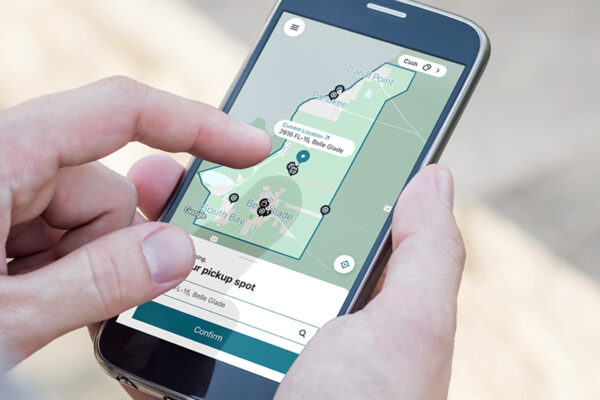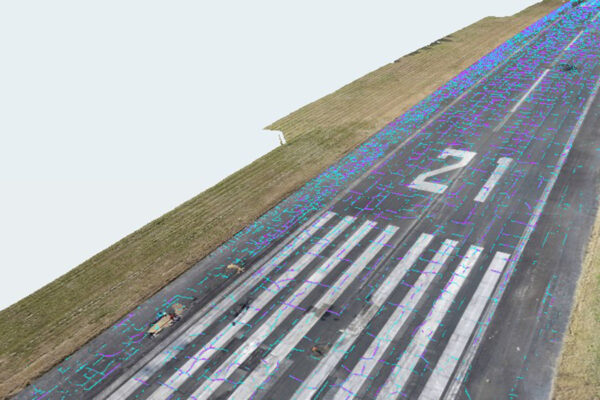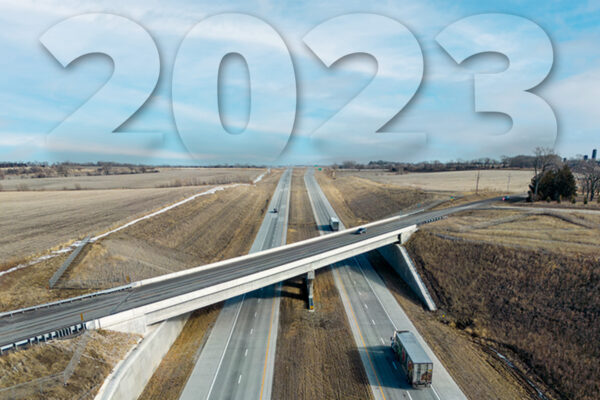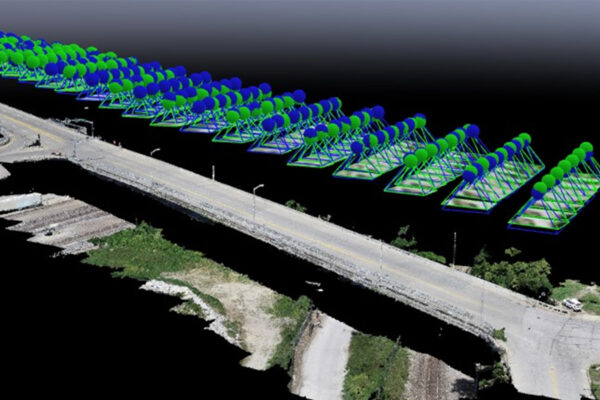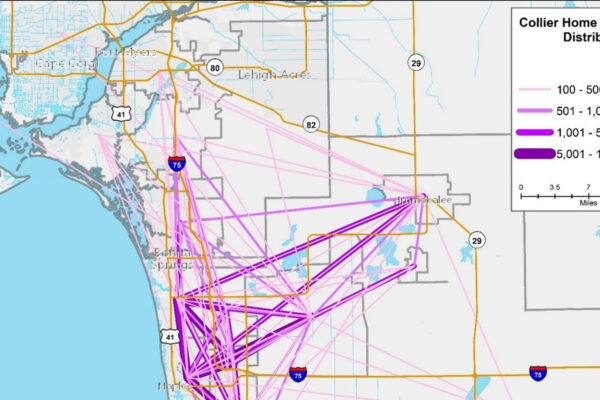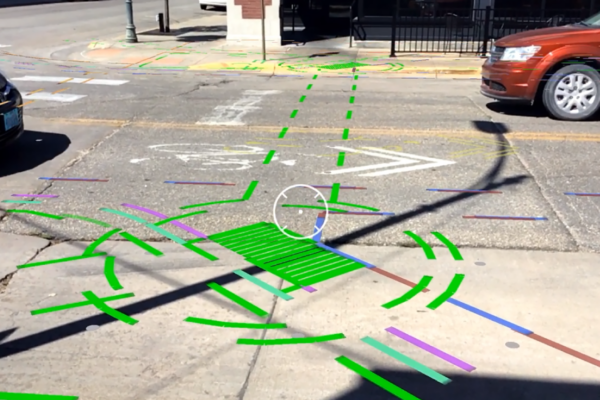The Value of Cost Modeling for Projects of All Sizes

With construction costs rising across the country, project owners need to be proactive when it comes to managing their budget. One way to do that is through cost management modeling, a technique Benesch uses to ensure that costs are managed from the concept phase to project completion.
In this article, Benesch Structural Group Manager and value methodology professional Aaron Buettner explains the main principles of Benesch’s cost management model, ProValue, and highlights some of the key benefits.
Meet the Expert
What is ProValue?
As a project unfolds, external factors and events can alter project elements and their associated cost. Initial cost, life-cycle cost, potential risks and budget will change due to various engineering, managerial and financial changes as the project progresses. Often, a lump sum contingency is added to the bottom line to account for non-specific unknowns. As the project advances, that contingency is typically reduced, but often the reasons for the reduction are not well understood by the project team. This rote approach to cost and risk management can lead to cost overruns since the underlying risks and unknowns are not directly understood and addressed.
To offer a more proactive approach to cost management, Benesch developed a model called ProValue®. The principles of this methodology are based on proactive cost management, resulting in the ability to identify cost implications and strategically plan for their resolution.
Creating an effective cost management model requires conducting extensive data collection and analysis, using various cost estimation methodologies, exploring risks and running various scenario analyses. As a result, we are better able to manage unknowns and make design and construction decisions.
Taking this approach has several benefits, including:
-
Offsetting Rising Construction Costs
It probably won’t come as a shock to anyone reading this that construction costs have been rising. The long duration for design and construction of public infrastructure projects can mean that labor and material costs rise significantly over the lifespan of the project. And it’s in these situations that ProValue comes in very handy. By looking at the model, we can identify opportunities to control or reduce costs without compromising project quality or performance.
-
Fueling Informed Decision Making
By providing a comprehensive framework for managing project costs, risks and unknowns throughout both the design and construction phases, ProValue supports informed decision making. Exploring different scenarios (best-case, worst-case and most likely) gives us a better understanding of how changes in variables can impact overall costs, assisting in choosing the most beneficial course of action. We’re also able to evaluate the function of each project component to ensure cost-effectiveness, thereby helping decision-makers choose solutions that offer the best value for money.
-
Increasing Efficiency
Because we are anticipating unknown events and potential risks, we’re able to proactively develop contingency plans. This minimizes delays and disruptions, ensuring that the project progresses smoothly and efficiently. The real-time cost oversight also helps in promptly identifying and addressing cost overruns, thereby avoiding inefficient use of resources.
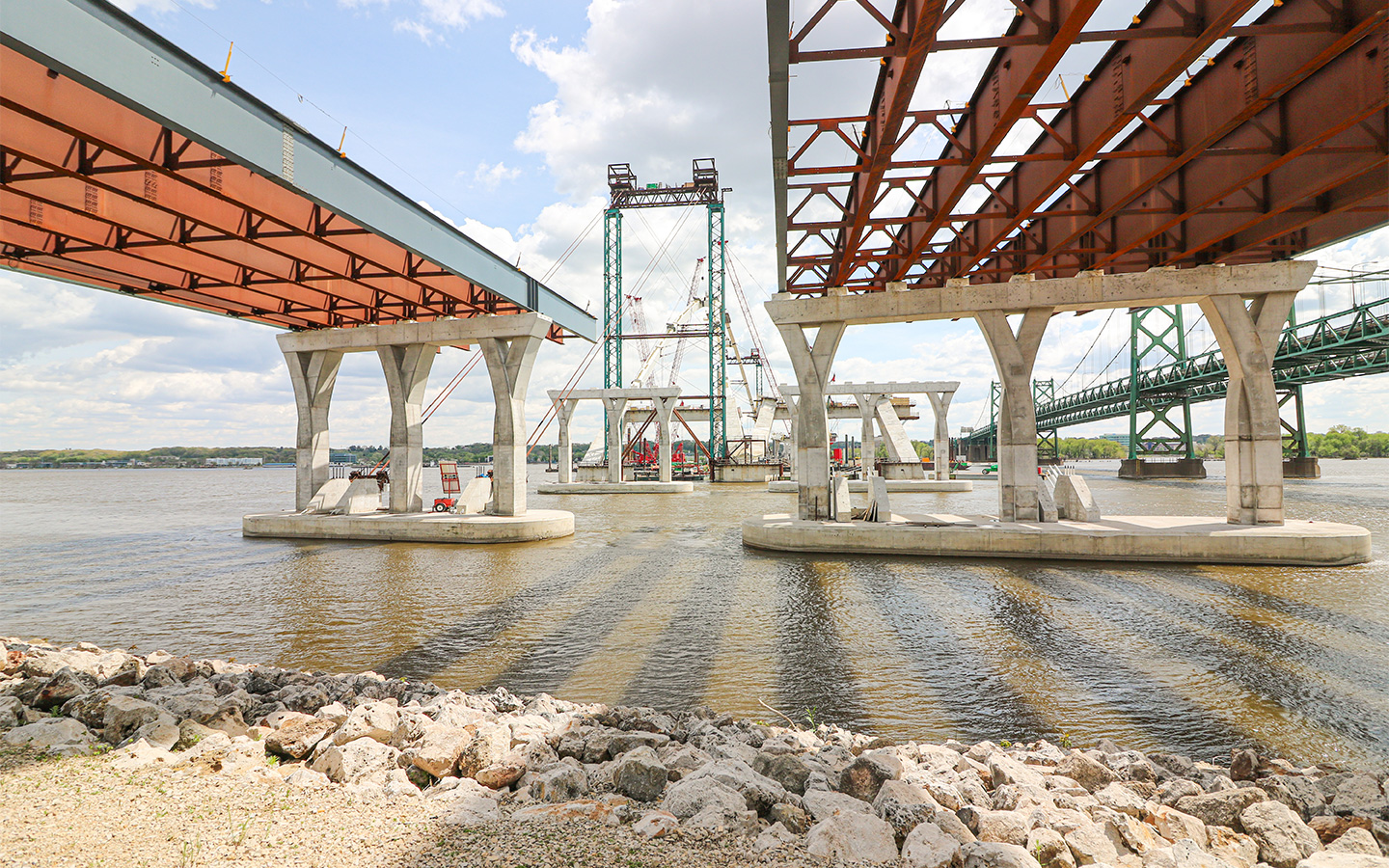
ProValue in Action – Crossing the Mississippi River
This enormous and complex, $1.2 billion-dollar mega-project sought to increase capacity and provide structural improvements along the I-74 corridor in the Quad Cities in Illinois and Iowa. It included a new river crossing, interstate expansion, improved arterial streets, and increased access for pedestrians and bicyclists. The two signature, basket-handle, through-arch river bridge structures span 3,300 feet across the Mississippi River, with an almost 800-foot navigation span that now carries twice as much traffic and provides an aesthetically impressive gateway to and from the Quad Cities.
With a project of this size comes substantial risk. ProValue was used successfully on the I-74 project to quantify risks and bring the project in under budget. A risk register was developed during the design process and was updated throughout the life of the project, all the way through construction. Specific contingencies were developed based on these risks and ownership of those specific contingencies was delegated to the affected stakeholders. In this way, a clear understanding was developed of the potential risks and the specific contingencies designated to address them.
Although potential risks and contingencies evolved continuously over the project life cycle, the ProValue approach allowed for continuity between planning/design and project completion, resulting in successful project delivery within budget constraints.
While the above example is of ProValue being used on a massive project, there is no reason small projects can’t reap the same benefits. Afterall, all projects, no matter the size, face unknowns and can benefit from a proactive approach to risk assessment and cost modeling.
In a time when owners and their constituents are placing special emphasis on budget management, ProValue provides the tools necessary to meet those demands.
Follow Benesch on LinkedIn for the latest news and insights from our experts.


